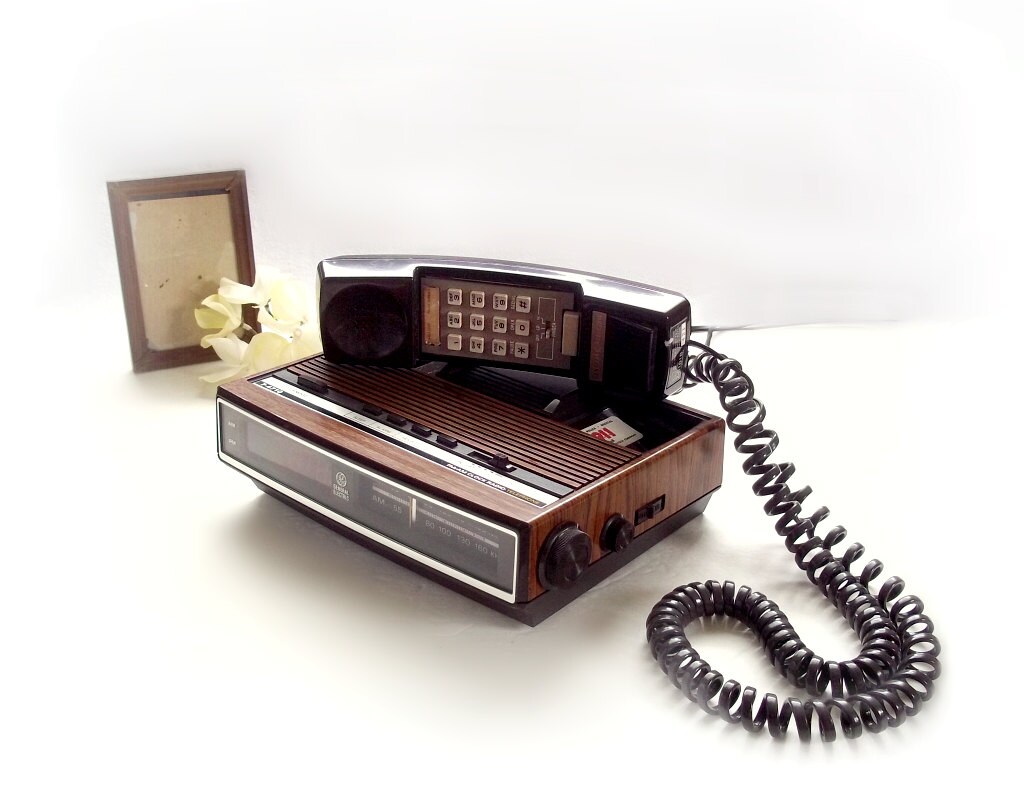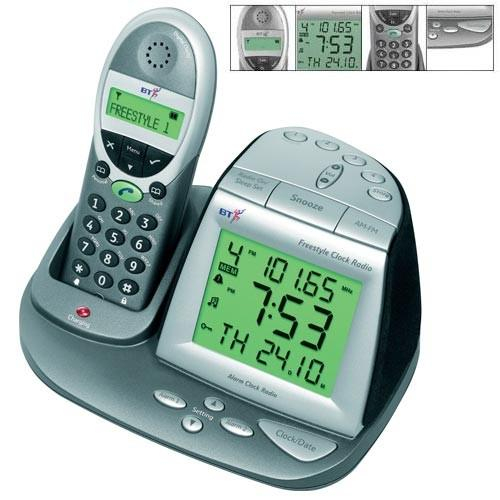

In 1235, an early monumental water-powered alarm clock that "announced the appointed hours of prayer and the time both by day and by night" was completed in the entrance hall of the Mustansiriya Madrasah in Baghdad. It is the subject of a book, On the Construction of Clocks and their Use (1203), by Riḍwān ibn al-Sāʿātī, the son of clockmaker. A striking clock outside of China was the water-powered clock tower near the Umayyad Mosque in Damascus, Syria, which struck once every hour.

The Chinese engineers Zhang Sixun and Su Song integrated striking clock mechanisms in astronomical clocks in the 10th and 11th centuries, respectively. In China, a striking clock was devised by the Buddhist monk and inventor Yi Xing (683–727). The Christian rhetorician Procopius described in detail prior to 529 a complex public striking clock in his home town Gaza which featured an hourly gong and figures moving mechanically day and night. 485–585) advocated in his rulebook for monastic life the water clock as a useful alarm for the "soldiers of Christ" (Cassiod. 285–222 BC) fitted his clepsydras with dial and pointer for indicating the time, and added elaborate "alarm systems, which could be made to drop pebbles on a gong, or blow trumpets (by forcing bell-jars down into water and taking the compressed air through a beating reed) at pre-set times" ( Vitruv 11.11). The Hellenistic engineer and inventor Ctesibius ( fl. The ancient Greek philosopher Plato (428–348 BC) was said to possess a large water clock with an unspecified alarm signal similar to the sound of a water organ he used it at night, possibly for signaling the beginning of his lectures at dawn ( Athenaeus 4.174c). History The Obelisk of Theodosius, detail of the pedestal: Theodosius I offers laurels of victory we can see the water organ of Ctesibius, in the lower right-hand corner. Simple battery-powered alarm clocks make a loud buzzing, ringing or beeping sound to wake a sleeper, while novelty alarm clocks can speak, laugh, sing, or play sounds from nature. Digital ĭigital alarm clocks can make other noises. In an electronically operated bell-type alarm clock, the bell is rung by an electromagnetic circuit with an armature that turns the circuit on and off repeatedly.

In some models, the metal cover at back of the clock itself also functions as the bell. Traditional mechanical alarm clocks have one or two bells that ring by means of a mainspring that powers a gear to quickly move a hammer back and forth between the two bells or between the internal sides of a single bell. Most modern televisions, computers, mobile phones and digital watches have alarm functions that automatically turn on or sound alerts at a specific time. A progressive alarm clock can have different alarms for different times (see next-generation alarms) and play music of the user's choice. Additionally, some alarm clocks can set multiple alarms. Many alarm clocks have radio receivers that can be set to start playing at specified times, and are known as clock radios. Alarm clock functions are also used in mobile phones, watches, and computers. A classic analog alarm clock has an extra hand or inset dial that is used to show the time at which the alarm will ring. To turn off the sound or light, a button or handle on the clock is pressed most clocks automatically turn off the alarm if left unattended long enough. Some have sensors to identify when a person is in a light stage of sleep, in order to avoid waking someone who is deeply asleep, which causes tiredness, even if the person has had adequate sleep.

Most alarm clocks make sounds some make light or vibration. The primary function of these clocks is to awaken people from their night's sleep or short naps they can sometimes be used for other reminders as well. A traditional wind-up (key-wound), mechanical spring-powered alarm clockĪn alarm clock or alarm is a clock that is designed to alert an individual or group of people at a specified time.


 0 kommentar(er)
0 kommentar(er)
